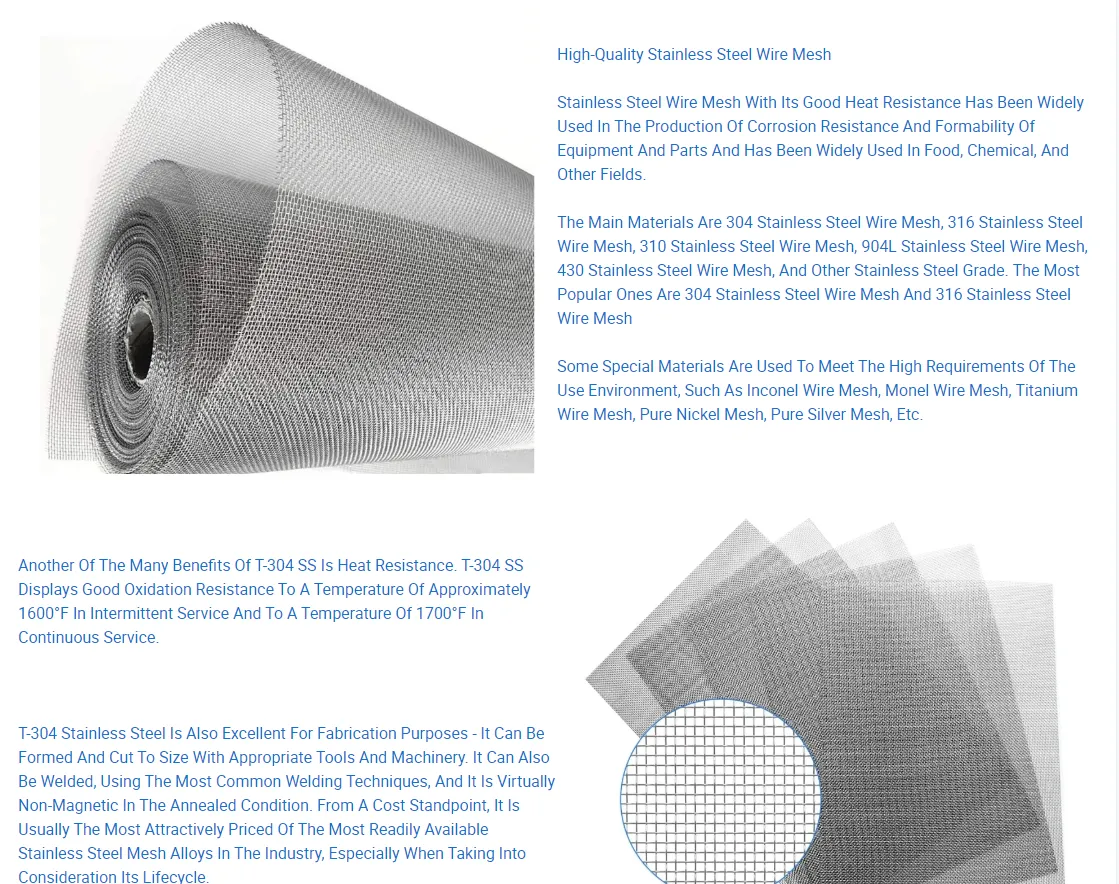The Temporary Fencing Business A Growing Industry
In recent years, the temporary fencing business has emerged as a vital industry, catering to a variety of needs across construction sites, events, and even crowd control situations. As urban development accelerates and events become increasingly elaborate, the demand for temporary fencing solutions has surged. This article will explore the significance, types, and benefits of temporary fencing, as well as the factors contributing to its growth.
The Importance of Temporary Fencing
Temporary fencing plays an essential role in ensuring safety and security in various environments. Construction sites are among the primary users of temporary fencing, serving as a barrier to protect workers and the public from potential hazards. With ongoing construction projects, these fences help establish boundaries, thereby reducing the risk of accidents.
In the event sector, temporary fencing is indispensable for managing crowds and creating designated areas. Festivals, concerts, and sporting events often require robust and flexible fencing solutions to organize attendees, control access to particular areas, and enhance safety protocols. These fences are not only functional but can also be visually appealing, allowing for branding opportunities while maintaining safety.
Types of Temporary Fencing
The temporary fencing market primarily consists of several types of barriers, each designed for specific purposes
1. Chain Link Fencing This is perhaps the most common temporary fencing solution, characterized by its durability and versatility. Chain link fencing can be easily installed and is effective in preventing unauthorized access.
2. Barricades Commonly used in event settings, barricades are lightweight and portable, offering a quick solution for crowd management. They can be customized with branding, turning a simple barrier into a promotional tool.
3. Construction Fencing Heavy-duty panels designed specifically for construction sites, these fences are often taller than standard options and can withstand harsh environments, ensuring maximum safety.
4. Plastic Fencing Lightweight and easy to transport, plastic fencing is often used for temporary installations where visibility is essential, such as in sports fields or festivals.
5. Event Fencing Designed for events, this type of fencing is usually more decorative, featuring vibrant colors and designs that enhance the aesthetic of the event while still providing necessary security.
temporary fencing business

Benefits of Temporary Fencing
The advantages of using temporary fencing are numerous
- Cost-Effective Hiring or purchasing temporary fencing can be significantly less expensive than permanent solutions. This makes it accessible for small businesses and event organizers on a budget.
- Flexibility Temporary fencing can be installed quickly and removed just as conveniently. This flexibility allows businesses to adapt quickly to changing needs or project timelines.
- Enhanced Safety By creating clear boundaries, temporary fencing reduces the risk of accidents and helps ensure that only authorized personnel have access to sensitive areas.
- Customizability Many temporary fencing solutions can be customized for specific events or branding purposes, thus serving as a marketing tool while fulfilling its functional requirements.
Factors Contributing to Growth
Several factors are driving the growth of the temporary fencing business. The ever-increasing emphasis on safety regulations across industries has necessitated the use of adequate barriers in construction and events. Furthermore, the rise in outdoor events and public gatherings has created a persistent demand for effective crowd management solutions. Urban developments and infrastructure projects also play a role, as cities continue to expand and evolve.
The temporary fencing industry is likely to see continued growth as businesses and event organizers seek sustainable, flexible, and cost-effective solutions. As technology advances, new materials and designs are expected to emerge, further enhancing the efficiency and aesthetics of temporary fencing solutions.
Conclusion
In conclusion, the temporary fencing business is a vital industry that serves multiple sectors by promoting safety, security, and crowd control. As the demand for flexible and cost-effective solutions continues to rise, this sector is poised for growth, driven by urban development, regulatory requirements, and an ever-evolving event landscape. Whether for protecting construction sites, managing crowds at events, or securing sensitive areas, temporary fencing remains an indispensable tool in a rapidly changing environment.
-
Why Galvanized Trench Cover Steel Grating Resists Corrosion
NewsJul.10,2025
-
The Versatility and Strength of Stainless Expanded Metal Mesh
NewsJul.10,2025
-
Load Calculations in Steel Grating Platforms
NewsJul.10,2025
-
Keeping Pets and Kids Safe with Chicken Wire Deck Railing
NewsJul.10,2025
-
Hole Diameter and Pitch for Round Perforated Metal Sheets
NewsJul.10,2025
-
Aluminium Diamond Mesh in Modern Architecture
NewsJul.10,2025
Subscribe now!
Stay up to date with the latest on Fry Steeland industry news.

